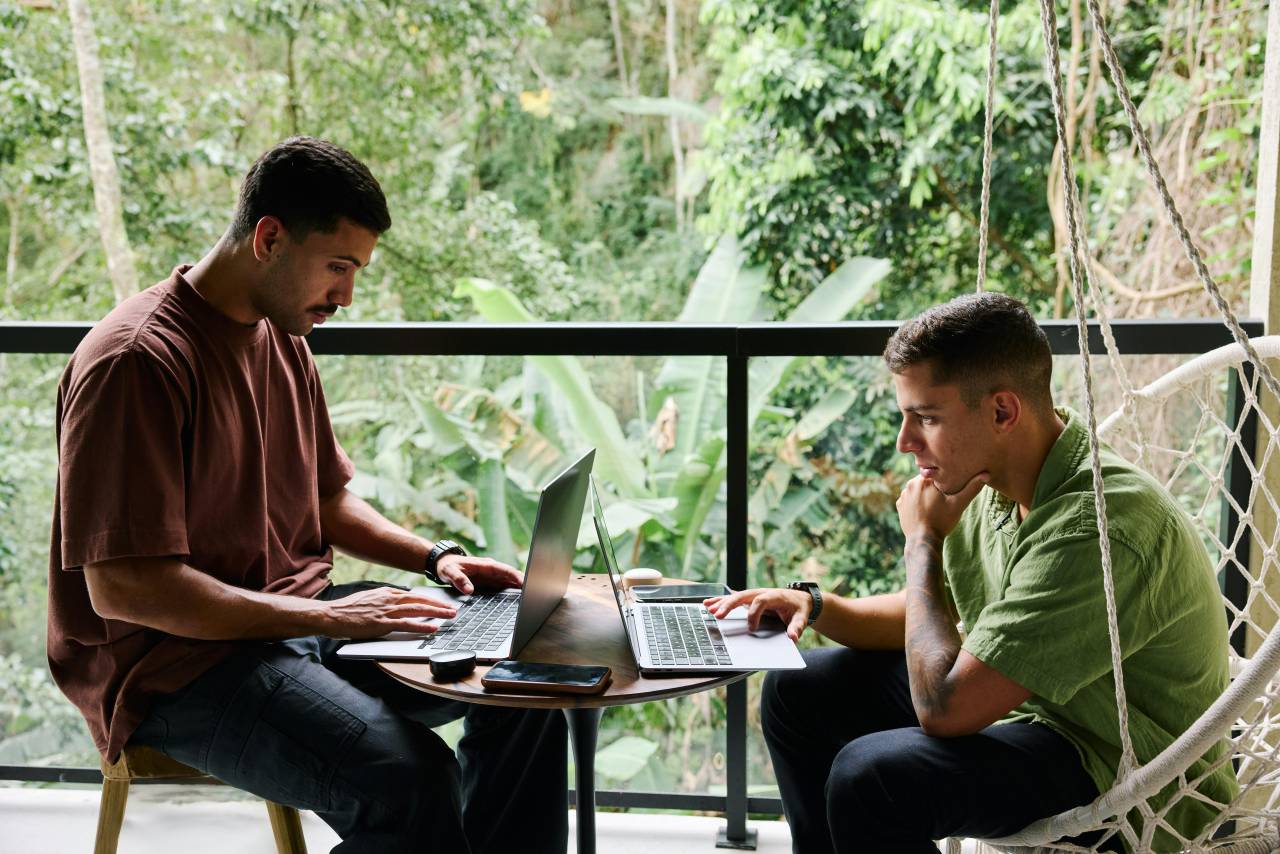Running a business means fielding temperature complaints from your team while watching utility bills climb higher each month. After managing offices through countless seasons, I've learned that creating a sustainable workplace goes far beyond adjusting the thermostat. Smart temperature management can slash energy costs by 20-30% while actually improving employee satisfaction - here's how to make it work for your business.
What Do You Call Your "Guys Trips"?
- Reduce energy costs by 20-30% through strategic temperature management and occupancy-based heating
- Improve employee retention by creating a comfortable workplace that shows you value their wellbeing
- Meet sustainability goals that increasingly matter to clients, investors, and recruitment efforts
- Minimize equipment failures through predictive maintenance that prevents costly emergency repairs
- Boost productivity by eliminating temperature-related distractions and complaints
Smart Temperature Management Strategies
Managing office temperature efficiently starts with understanding that not every square foot needs the same treatment. Modern commercial heating services can help assess your current system and identify opportunities for smarter climate control that goes beyond traditional whole-building approaches.
Zone-Based Climate Control
Dividing your office into heating zones transformed how we manage energy costs at our headquarters. Conference rooms that sit empty most of the day don't need the same heating as your main workspace. Installing zone controls lets you heat only occupied areas, cutting waste significantly. Start with obvious divisions - separate controls for conference rooms, break areas, and primary workspaces. This approach alone reduced our heating bills by 25% in the first winter.
Occupancy Sensors and Smart Scheduling
Motion sensors aren't just for lights anymore. Connecting occupancy sensors to your HVAC system ensures you're not heating empty spaces. Program your system to warm up 30 minutes before your team typically arrives and power down after hours. For those late-night work sessions or weekend projects, override switches let individuals control their immediate area without firing up the entire floor's heating system.
Seasonal Dress Code Flexibility
Letting your team dress for the season makes a bigger difference than most managers realize. Relaxing dress codes during extreme weather - allowing polo shirts in summer or casual fleece in winter - means you can set thermostats more conservatively. When attending a Missouri guys trip planning session last winter, we kept the office at 68°F comfortably because everyone dressed appropriately. This simple policy change can reduce heating and cooling demands by 10-15%.
Personal Comfort Solutions at Desks
Providing personal comfort options prevents thermostat wars. Small desk fans for warm-natured employees and footrest heaters for those who run cold let everyone customize their immediate environment. These low-wattage solutions cost pennies to run compared to adjusting whole-office temperature. Plus, giving employees control over their comfort reduces complaints and improves focus during those long quarterly planning sessions.
Beyond the Thermostat - Creative Comfort Solutions
Temperature management extends beyond HVAC systems. Strategic workplace decisions can dramatically impact both comfort and energy consumption without touching the thermostat.
Strategic Work-From-Home Policies
Implementing rotating work-from-home schedules during extreme weather reduces office energy demands while keeping your team comfortable. During peak summer and winter months, running the office at 50% capacity means less body heat to manage and fewer zones to climate control. Schedule collaborative work for moderate weather days when natural ventilation works best. This approach particularly benefits businesses in extreme climates where heating and cooling costs spike seasonally.
Workspace Placement and Natural Light
According to research on workplace environment, employees who work in well-designed spaces with natural light and proper ventilation report higher satisfaction and productivity. Relocate workstations away from exterior walls and windows where temperature fluctuates most. Position teams based on their temperature preferences - those who run warm near windows, cold-natured employees toward interior spaces. Maximize natural light to reduce heating needs during winter days while using blinds strategically to prevent summer heat gain.
Predictive Maintenance and System Upgrades
Regular HVAC maintenance prevents the emergency breakdowns that force you to run systems inefficiently just to maintain basic comfort. Schedule maintenance during mild weather when systems aren't critical. Modern smart thermostats with learning capabilities can reduce energy usage by 15-20% by adapting to your actual occupancy patterns rather than rigid schedules. These systems also provide usage data that helps identify inefficiencies - we discovered our system was running two hours longer than necessary each evening.
Making Sustainability Work for Your Bottom Line
Creating a sustainable office environment delivers returns beyond utility savings. Employees who feel comfortable and see their company investing in efficiency tend to stay longer and perform better. The combination of smart technology, flexible policies, and strategic comfort solutions typically pays for itself within 18 months through energy savings alone. Most surprisingly, our insurance premiums decreased after demonstrating proactive HVAC maintenance and reduced equipment strain through smart scheduling.
